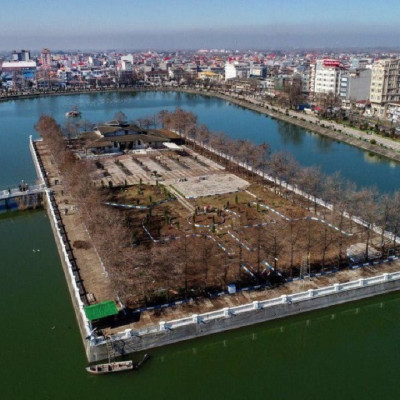
Fuman Ethnography Museum
Fuman Ethnography Museum was established in 1386 SH in a land with 100000 square meters in the ground floor of Department of Culture and Islamic Guidance of Fuman city. The first point in defining ethnography is distinguishing it from anthropology because ethnography is an extensive science that is called Marefat al-Hayat (literary meaning the science of life) that can be interpreted as knowing life.
The museum of ethnography is, above all, the reflection of humans’ activity in their natural, cultural and social life. All tools of life, work and handicrafts of Gilan region, especially Fuman city, is exhibited in the Ethnography Museum of Fuman. Different clothes of women and men in different situations covered by the local sculptures and the rituals and customs of the region are on display in another part. In addition to ethnography sections, the beautiful old fretworks are kept in this museum; They are more than 52 items of fretwork. Fretwork is one of the invaluable arts in the Iranian architecture that shows the beauty of the Iranian-Islamic art relying upon a unique geometry.
The knots are formed based on a certain rule using the straight lines and they are performed by different materials like ivory, plaster, tile, brick and stone on different surfaces. Shapes such as triangle and diamond are used in designing a fretwork. The pieces of wood, stone, brick, glass or mirror are cut or carved into geometric shapes in all methods. In addition to the architecture, fretwork is used in most of the traditional and handmade artworks of Iran like stone carving, wood carving, inlay, metalwork, chasing, pottery making, carpet weaving, bookbinding.
The antiquity of fretwork in Iran dates back to Seljuk and Safavid periods and its provenance was Isfahan. The simplest form of this art is used in brickwork and its most complicated, delicate and yet beautiful form is seen in glass, wood and mirror work. The fretworks existing in the Ethnography Museum of Fuman are permanently exhibited, most of them are wooden and related to the old doors and windows that have been brought to the museum after reconstruction.


dsf_1.jpg)